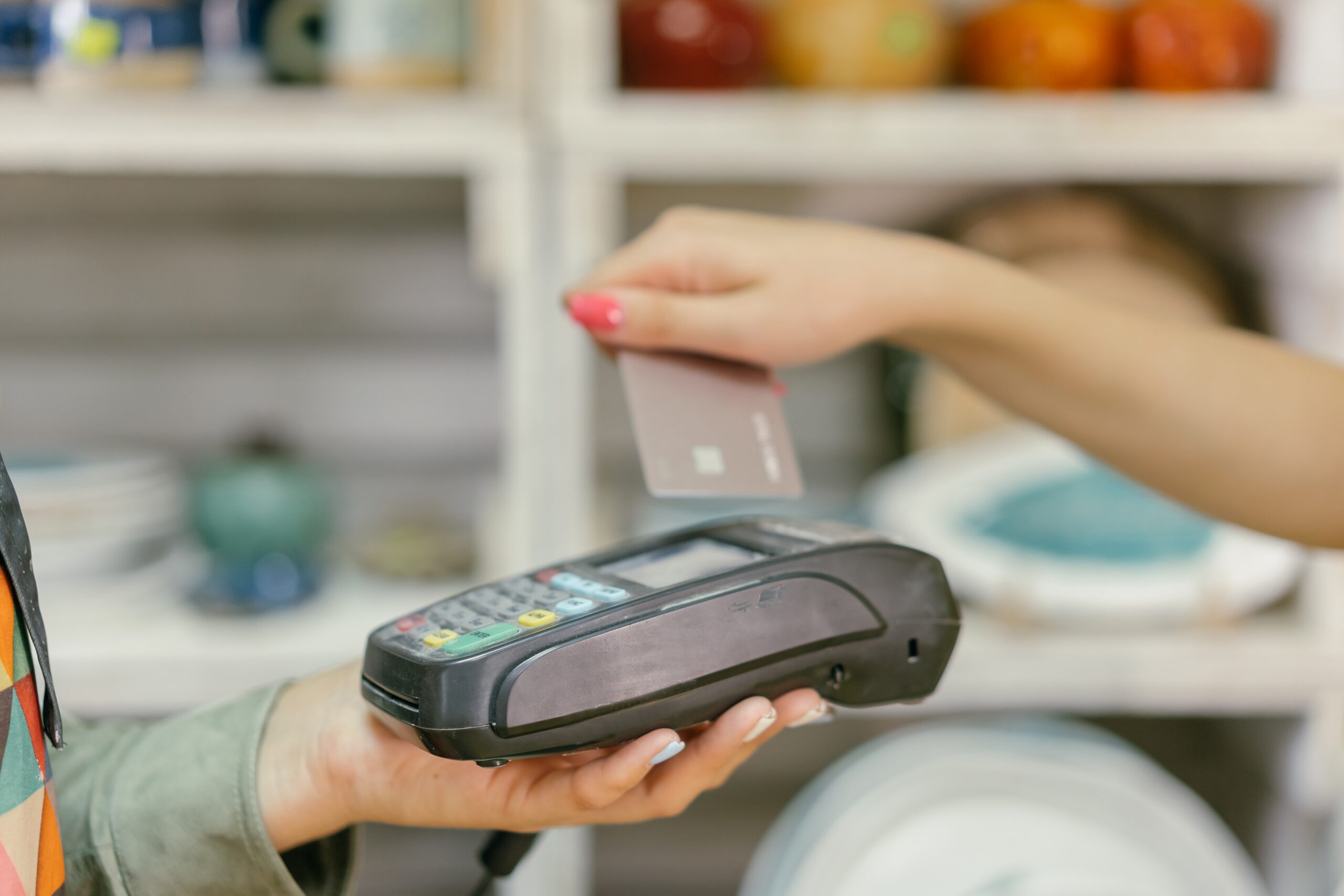
In the fast-paced world of modern dining, the future of restaurants lies in the hands of innovative technology, particularly in the form of Point-of-Sale (POS) systems.
According to a report by Grand View Research, the global POS terminals market size is expected to reach $108.46 billion by 2027.
In this blog, we’ll explore the transformative role of POS technology in the restaurant industry, its impact on efficiency, and customer experience, and how Coding Brains, a leading software development company, is driving the restaurant industry’s technological revolution.
The Digital Revolution in Dining
The restaurant industry has embraced a digital revolution, and the statistics reinforce this change:
Global Market Expansion: The global POS terminals market is thriving, with consistent growth. It’s projected to expand at a CAGR of 6.4% from 2020 to 2027 (Grand View Research).
Elevated Customer Experience: Modern diners expect a seamless experience. A survey by ToastTab found that 73% of restaurant-goers believe that technology enhances their dining experience.
Efficiency Boost: Restaurants have witnessed an efficiency boost. Up to 78% of restaurants have improved their operations by adopting POS technology, according to a survey by Statista.
Innovation in Services: POS technology is facilitating innovative services like online ordering, table reservations, and loyalty programs, enhancing customer engagement.
The Future of POS Technology in Restaurants
The future of restaurants is undeniably intertwined with the growth and advancement of POS technology. Here’s how it’s shaping the industry:
Enhanced Customer Experience: POS systems offer efficient order processing, table management, and personalized service, resulting in a memorable dining experience.
Efficiency and Accuracy: Restaurant operations are streamlined, from order placement to kitchen coordination, ensuring accuracy and speed.
Inventory Management: POS technology aids in real-time inventory tracking, preventing stockouts and wastage.
Data-Driven Decisions: Restaurants can harness data to make informed decisions, from menu optimization to targeted marketing.
Online Ordering and Delivery: POS technology facilitates online ordering and delivery services, aligning with the growing trend of off-premises dining.
Coding Brains’ Role in the Restaurant Revolution
Coding Brains, a renowned software development company, is at the forefront of empowering the restaurant industry through cutting-edge POS technology:
Custom Solutions: Coding Brains creates tailor-made POS systems that meet the unique requirements of individual restaurants.
User-Centric Design: The company ensures that the POS technology is intuitive and user-friendly, making it easier for staff to adapt.
Integration Expertise: Coding Brains excels in integrating POS systems with other platforms, such as accounting software, to streamline operations.
Mobile Solutions: The company offers mobile POS solutions that enable restaurants to take orders and payments at the table, enhancing efficiency.
Support and Maintenance: Coding Brains provides continuous support and updates to ensure POS systems remain reliable and up-to-date.
Conclusion
The future of restaurants is digital, and Point-of-Sale technology is at the forefront of this transformation. With the potential to elevate customer experiences, streamline operations, and facilitate data-driven decisions, POS systems are essential for the restaurant industry.
Coding Brains, as a leading software development company, is driving the restaurant industry’s technological revolution. With customized solutions, user-centric design, and a commitment to support, Coding Brains empowers restaurants to thrive in the digital age. As diners continue to seek seamless experiences, the future is indeed bright for restaurants that embrace POS technology.


Leave a Reply